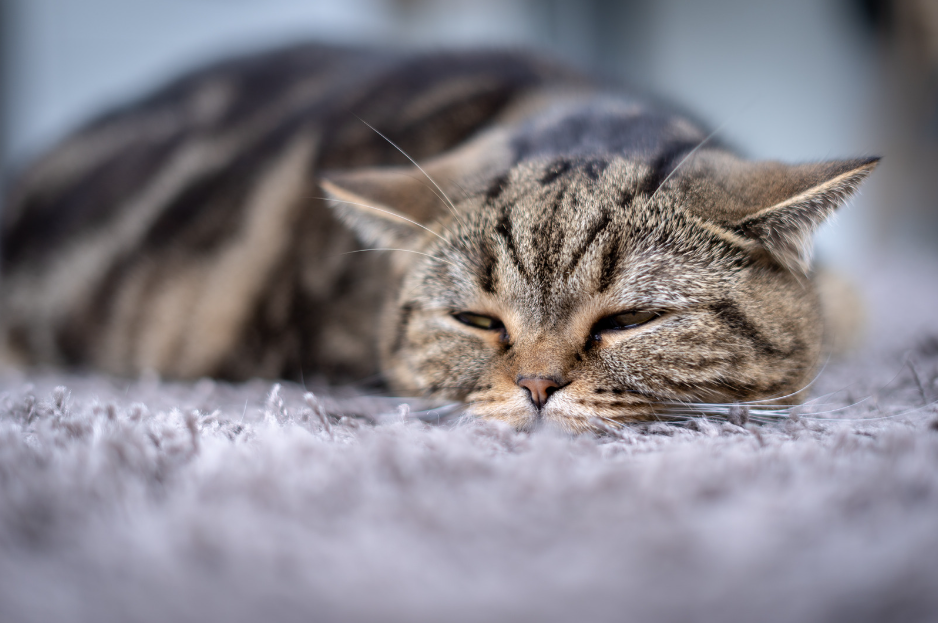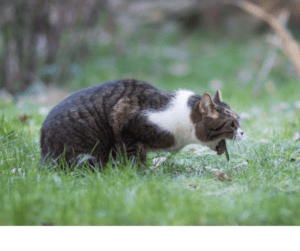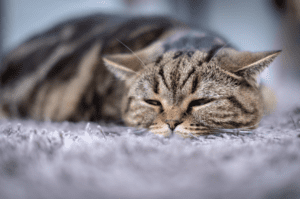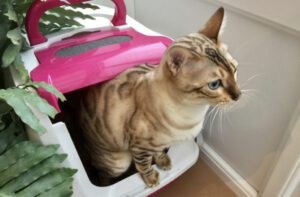Cat pancreatitis is a common condition that affects cats of all ages and breeds. It happens when the pancreas becomes inflamed. Pancreatitis was considered a rare illness in felines, but with improved diagnostics and tests, veterinarians realized that pancreatitis is common. Symptoms can range from mild to severe, so it is crucial to identify these symptoms and treat your cat quickly. Here are the things you need to know about cat pancreatitis.
Cat Pancreatitis and Its Causes
The pancreas in cats is a gland in the abdomen that helps break down fat and protein in the blood. It produces hormones that regulate metabolism (insulin and glucagon) and blood sugar. When the pancreas gets inflamed, it stops working correctly and may damage the pancreas.
Cat pancreatitis may either be acute or chronic. Their symptoms are similar, but acute pancreatitis tends to be more severe, and their symptoms progress faster. Cats with acute pancreatitis can suddenly develop symptoms, become critically ill within a few hours, and die without proper treatment. On the other hand, chronic pancreatitis usually develops slowly over some time. With this condition, cats may have milder to almost unnoticeable symptoms. It can remain for years or even decades, causing pancreatic damage.
The exact cause of cat pancreatitis is unknown, but it is usually associated with viral or parasitic infections, food toxins, or abdominal trauma. It can also occur due to other health problems like diabetes and inflammatory bowel disease (IBD).
Symptoms of Cat Pancreatitis
Pancreatitis can affect cats of all ages but is more common in kittens and older cats. It can cause several different symptoms depending on the severity of the condition. The most common symptoms are:
- Decreased appetite
- Nausea and Vomiting
- Abdominal pain
- Lethargy
- Diarrhea
- Dehydration
- Increased thirst and urination
These symptoms are similar to other gastrointestinal problems in cats. You may be unable to tell the difference between pancreatitis and another disease, so you must see your veterinarian as soon as you notice symptoms.
Diagnosing Cat Pancreatitis
Observing your cat’s behavior and physical appearance is the best way to detect early signs of pancreatitis. Your veterinarian will conduct a physical examination and collect blood samples to determine whether your cat has acute or chronic pancreatitis. In addition, the veterinarian will run tests to check the presence of enzymes in the blood and urine to confirm the diagnosis. Specific imaging tests, such as an abdominal ultrasound, may also rule out other problems that may cause similar symptoms.
Treatment for Cat Pancreatitis
Treatment for pancreatitis varies depending on the severity of the condition and your cat’s age. When the disease is mild, or the cat is young, your veterinarian may treat the cat with antibiotics and supportive care alone. However, severe cases may require additional treatment, including surgery to remove the pancreas and the gallbladder. Some cats may also need long-term medical treatment for related conditions such as diabetes or IBD.
A cat with acute pancreatitis can quickly become severely ill and require immediate medical treatment. Your veterinarian will use IV fluids to replenish the lost fluid in the body. They may also give your cat medications to help control the pain and vomiting associated with the condition.
Caring for Cat with Pancreatitis
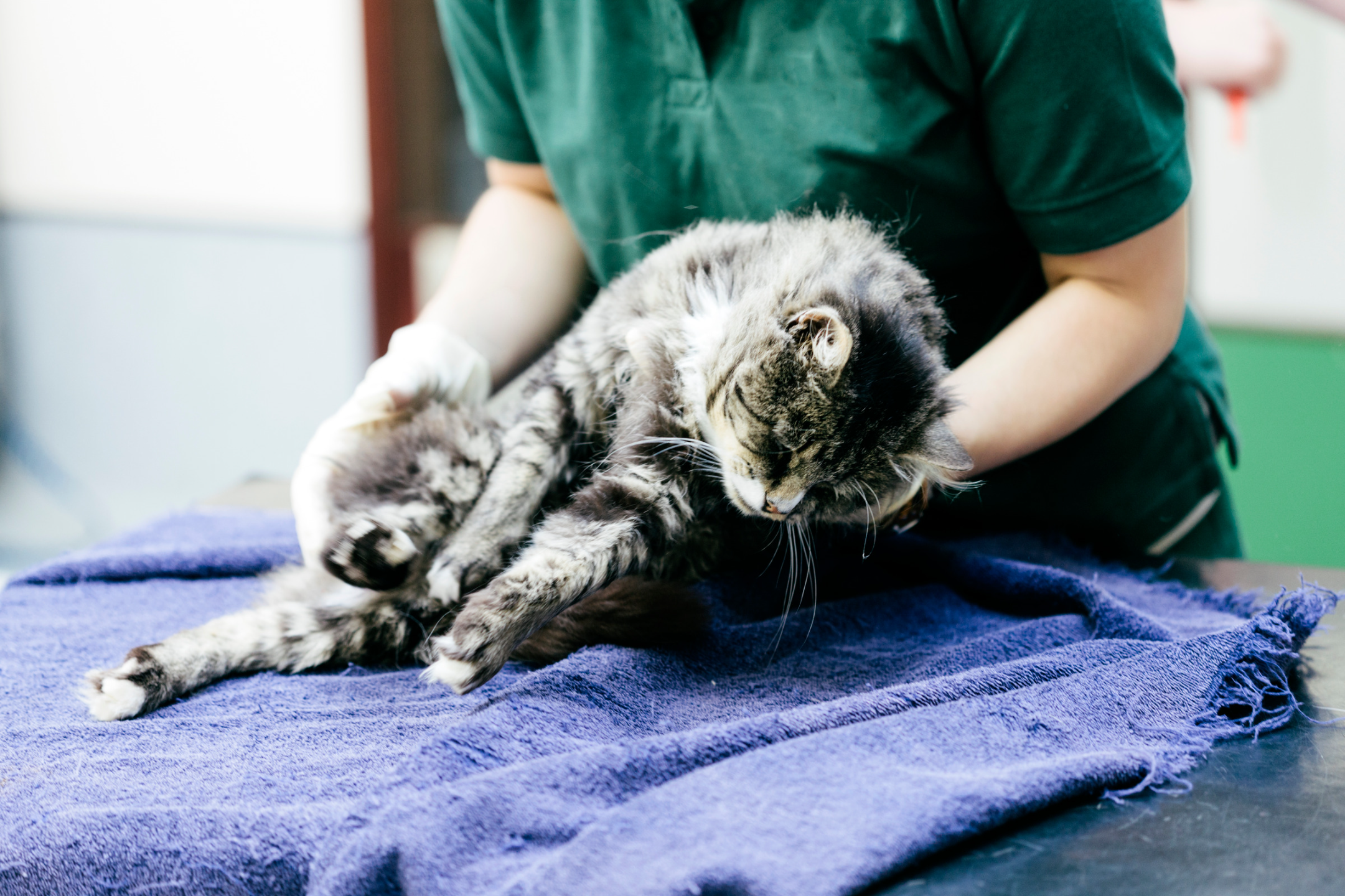
The best way to care for your cat with pancreatitis is to closely monitor its health and watch for signs of worsening symptoms. Regular check-ups will help your veterinarian determine the prognosis and manage complications.
Avoid feeding your cat unhealthy foods, which can cause abdominal pain and vomiting. A healthy diet will give your cat the energy it needs to recover. Always use lukewarm water to keep your cat hydrated. If your cat is vomiting, offer it some of your cat’s favorite food for comfort. This will provide it with calories and help to reduce vomiting.
In addition, your veterinarian may advise you to change the cat’s diet to prevent additional problems or provide a dietary supplement to reduce the inflammation caused by pancreatitis. Finally, your veterinarian may suggest keeping your cat indoors to prevent infection. This will reduce the chance that it will spread the disease to other household members and prevent other animals from becoming ill. If you notice any new symptoms, contact your veterinarian immediately to ensure your cat receives proper treatment.
Conclusion
Cat pancreatitis is a serious condition that requires immediate attention from your veterinarian. Treatment options for the disease depend on the severity of symptoms and the cat’s age.
In most cases, pancreatitis will resolve on its own, but persistent abdominal pain or vomiting may require medication or surgery to relieve these symptoms. Your veterinarian may recommend antibiotics, IV fluids, and other treatments to lessen your cat’s pain and help prevent complications. Keep your cat’s veterinarian updated on any new developments so that you can maintain its long-term health.
